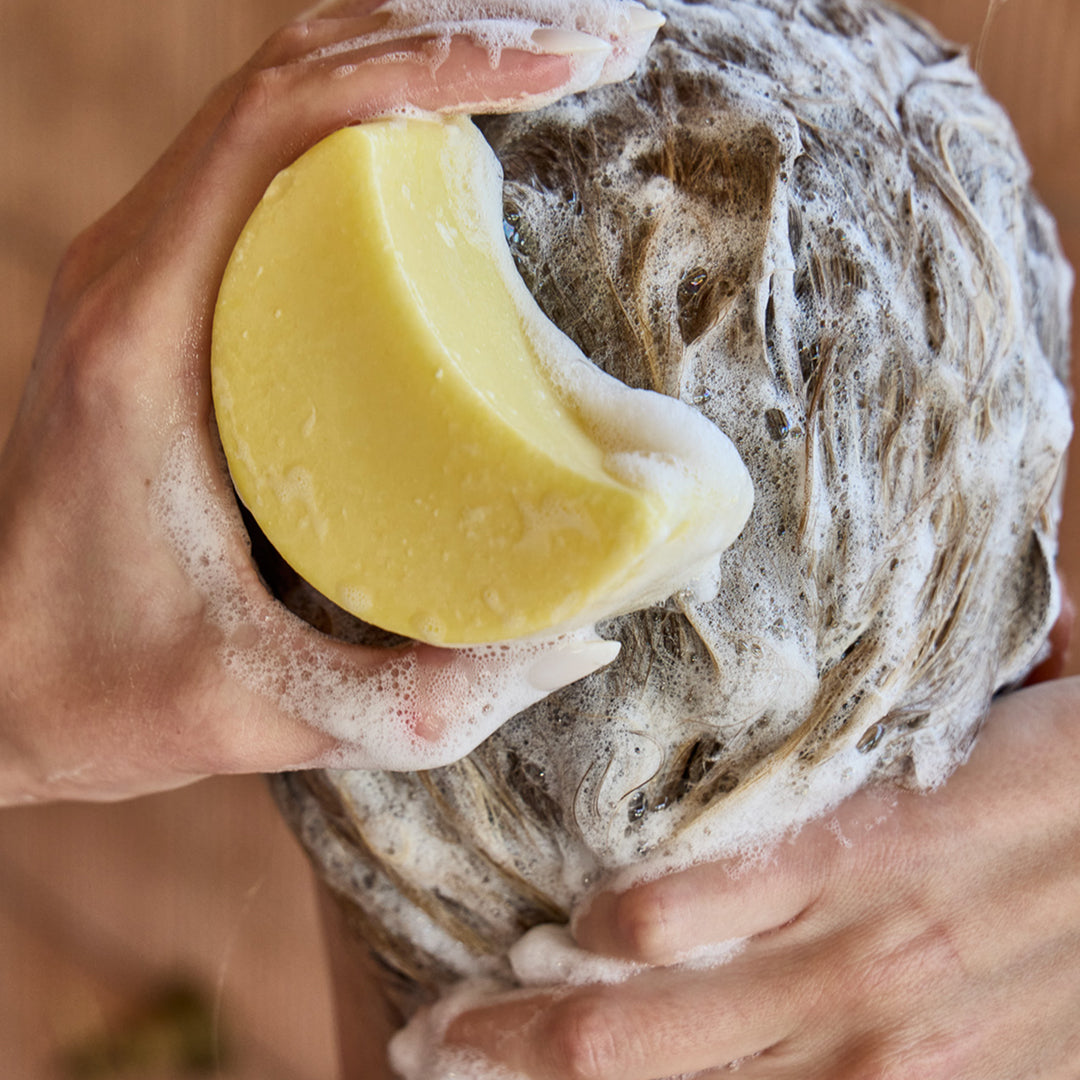Why Does My Hair Get Greasy So Fast?
Greasy hair happens to the best of us. You wash it, style it, and by day two—boom—oily roots and limp strands. But don’t stress. Greasy hair is usually a sign your scalp’s oil production is out of balance, and with the right tweaks, it’s totally manageable. Below, we unpack the most common causes and simple solutions to help restore your hair’s natural rhythm and keep things feeling fresh.
Common Causes of Greasy Hair
Overwashing Your Hair
It may sound counterintuitive, but washing your hair too often can trigger more grease. Overwashing strips the scalp of its natural oils, which encourages your sebaceous glands to produce even more oil to compensate. The result? An oily scalp that feels greasy by the next morning. Using the wrong products can make things worse, especially if they’re too harsh or drying.
Underwashing and Product Buildup
On the flip side, not washing your hair often enough—or rinsing poorly—can cause styling products and natural oils to build up on the scalp. Over time, this leads to oily roots, clogged follicles, and that heavy, greasy feeling. A clarifying shampoo helps reset by cutting through product buildup and excess oil, especially if you’re a fan of dry shampoo or leave-ins.
Hair Type and Genetics
Some hair types—especially fine or straight hair—are naturally more prone to oiliness. Because strands sit closer to the scalp, oil travels down faster, making hair look greasy more quickly. If this is your hair type, managing oil is less about “curing” it and more about finding the right routine.
Hormonal Fluctuations
Hormones can directly affect how much oil your scalp produces. Oil glands (aka sebaceous glands) ramp up activity in response to stress, menstrual cycles, puberty, or even certain medications. This increase in oil production often leads to greasy roots seemingly overnight.
Diet and Lifestyle Factors
Stress, poor sleep, or a diet high in processed foods may also affect sebum production. Nutrient deficiencies—especially in zinc or B vitamins—can disrupt healthy oil balance and even contribute to hair loss. What you put in your body reflects on your scalp, too.
Effective Solutions to Manage Greasy Hair
Adjusting Your Washing Routine
If your wash schedule is inconsistent or overly aggressive, it might be time to reset. Avoid overwashing, and don’t apply too much conditioner to your roots—this can weigh strands down and make them appear oilier. Aim to cleanse oily roots without overdrying the scalp, and find a wash rhythm that suits your lifestyle and hair type.
Using the Right Shampoo: Clarify Without Stripping
Oily roots and product buildup got you down? Our Clarifying Solid Shampoo tackles greasy roots and residue without stripping natural moisture. It’s your go-to for a scalp reset that still feels balanced.

Why it works:
-
🧼 Removes excess oil + product build-up
-
🌿 Formulated with Castor Seed Oil to deeply cleanse without drying
-
🌱 Boosted with Ginseng to invigorate the scalp and support healthier-looking hair
-
🍊 Includes Orange Peel Extract for a naturally clarifying deep clean
-
✅ 92% of users said it reduced oil and buildup*
*Based on a survey of 322 Ethique consumers
Dry Shampoo Between Washes
Dry shampoo is your best friend for stretching wash days. It soaks up excess oil at the roots, adds a bit of lift, and gives greasy strands a refresh without needing water. Just be sure to clarify regularly to remove dry shampoo buildup and keep your scalp happy.
Rinse With Care
Hot water can overstimulate your scalp and strip too much oil, which may lead to even more oil production. Instead, rinse with lukewarm water and consider a cool rinse at the end to help maintain balance and shine.
When to Seek Professional Advice
If you’ve tried everything and your scalp is still excessively oily—or if you’re experiencing itchiness, flakes, or hair loss—it may be worth speaking to a dermatologist. Conditions like seborrheic dermatitis or hormonal imbalances can affect scalp health and often require targeted treatment.
Frequently Asked Questions
Can brushing or touching my hair make it greasier?
It can contribute. Touching your hair frequently or overbrushing can transfer oils from your hands or stimulate the scalp, which may increase the appearance of oily roots.
Do some shampoos make hair more oily?
They can. Using the wrong products—especially shampoos with harsh sulfates or overly moisturising formulas—can throw your scalp’s oil balance out of sync. Opt for a clarifying shampoo once a week to keep buildup at bay without over-drying.

 Impact
Impact Blog
Blog Store Locator
Store Locator


